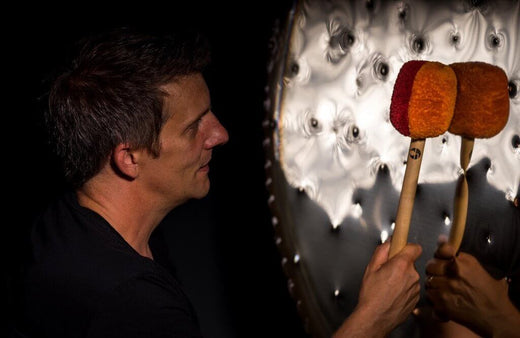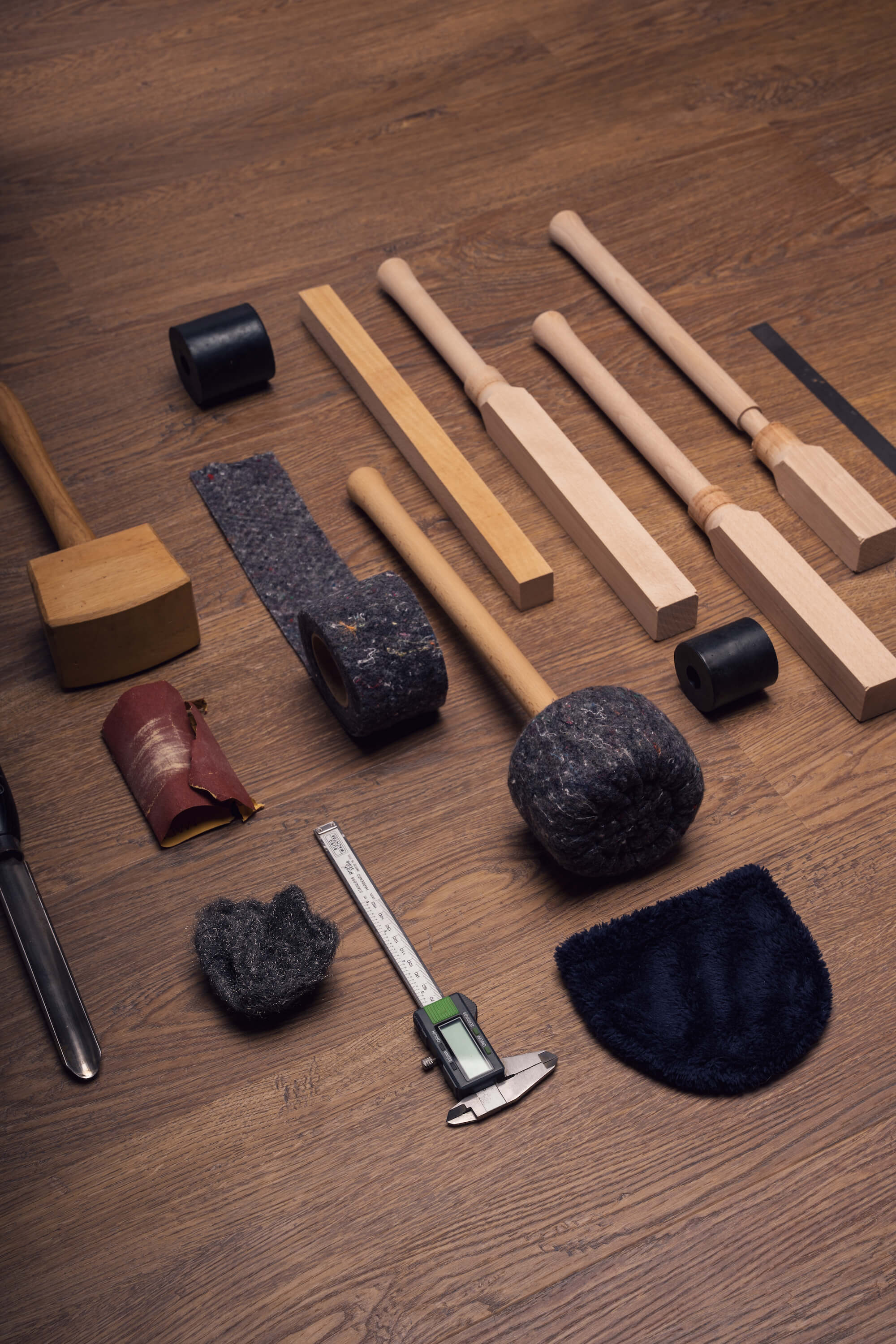A singing bowl is a bronze bowl that is made to vibrate and emit sounds by strike or rubbing. There are different types and techniques.
The history of the singing bowl
The singing bowl is said to have its origins in the Far East. In Tibet, Nepal, China, Japan and India, the originally traditional kitchen utensil is said to have been used as a sound instrument. The widespread assumption that the singing bowls played an essential role in Buddhist rituals has not been confirmed and there appears to be no evidence for this, according to widespread opinion. However, traditional Zen Buddhism undoubtedly works with similar instruments. For example, the keisu is a standing bell that has the shape of a large singing bowl . The same applies to the Inkin, which embodies a singing bowl with style.
Production of the singing bowl
Traditionally, long shells are made from an alloy of copper and tin (also known as copper). The singing bowls often also contain a variety of accompanying metals, such as silver, gold, iron, zinc, etc. Production is based on the casting principle. A metal mixture is melted down and poured in small quantities into a casting mold. The round, flat metal is then driven into shape under heat. The singing bowl is then polished. Especially in the Himalayan region, the singing bowls were laboriously made by hand. Due to increasing demand and cost reductions, singing bowls are now mostly produced industrially using an inexpensive brass alloy.
Use
singing bowls have very different areas of application. The bowls are said to have a healing effect, mainly due to the history of Buddhism, although there is no evidence for this. In so-called singing bowl therapy, the bowls are placed on the body and struck. There are two different ways to elicit sounds from the singing bowls . Either by rubbing or by strike the bowl. ollihess has the appropriate accessories for both ways of playing. The mallets can be used to elicit vibrations both by strike and by rubbing.




